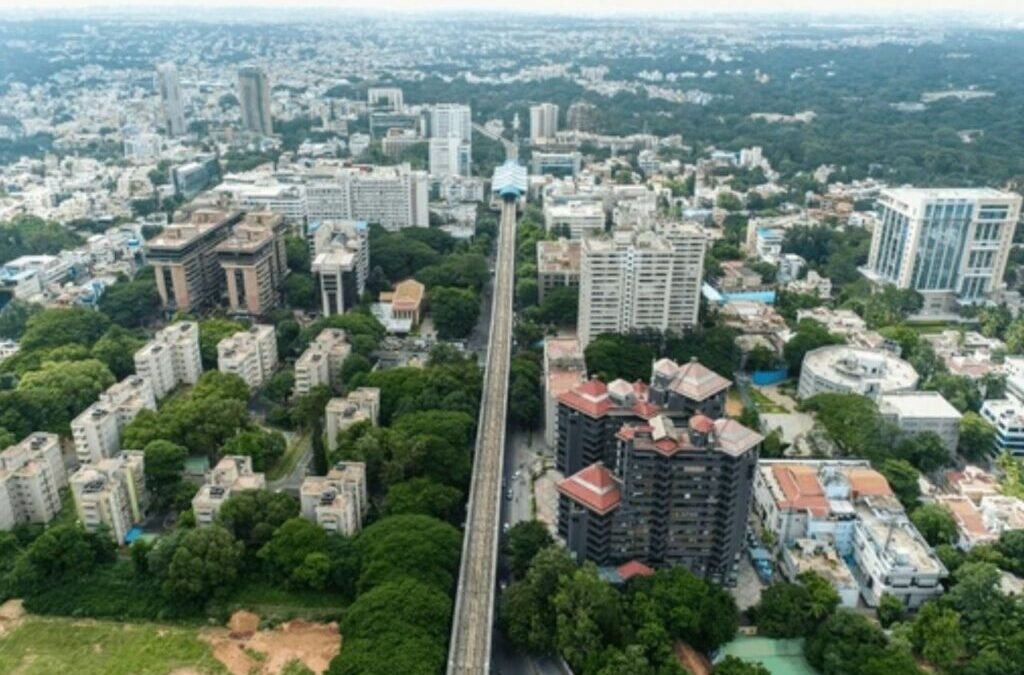Synopsis– India’s top cities drive the nation’s economy through diverse industries and regional strengths. Established hubs lead in finance, administration, technology, and manufacturing, while emerging cities show rapid growth. Infrastructure development, innovation, and policy support will shape future urban economic leadership.
India’s cities are set to play a central role in the nation’s economic growth, contributing significantly to GDP through key industries and infrastructure development. This article examines the top 10 Indian cities by projected GDP, outlining their economic importance, major sectors, and potential for continued growth.
Overview of India’s Urban Economy
- Urban Centres as Growth Engines: Indian cities contribute to a significant share of our economic output, generating industries by clustering productive capacity, as well as business, industrial, and service activities to maximize output across regions.
- Key Economic Drivers: A few sectors, such as information technology, finance, manufacturing, trade, and logistics, are essential to determining city-based performance and sustaining longer-run city-level growth.
- Geographic and Industrial Variation: For instance, Mumbai and Delhi are largely finance and administration-driven cities, while Bengaluru and Hyderabad are IT and pharmaceuticals-driven cities; both Chennai and Ahmedabad are manufacturing cities.
- Effect of Urbanization: The economic capacity of city centres gets amplified by rural-to-urban migration and the urban population. City centres attract a considerable amount of investment, thus creating clusters of productive resources that facilitate productivity.
Top 10 Cities by GDP
1. Mumbai – ₹25.73 Lakh Crore (~$310 Billion)
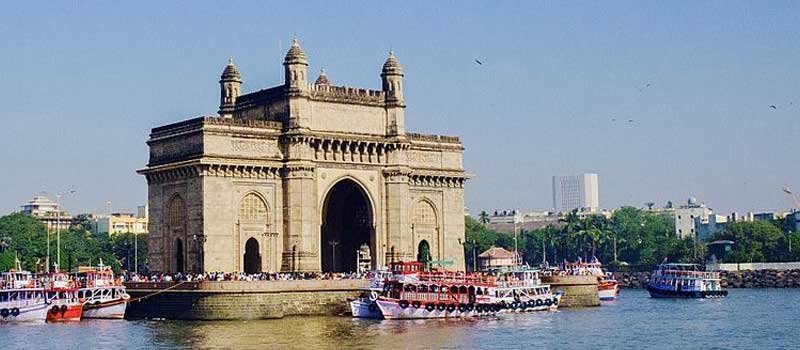
- Key Industries: Finance, entertainment (Bollywood), textiles, IT.
- Economic Importance: Recognized as India’s financial and commercial capital, contributing around 6% of the national GDP.
- Strategic Edge: Well-developed infrastructure and port facilities make it central to both domestic and international trade.
2. Delhi NCR – ₹24.37 Lakh Crore (~$293.6 Billion)
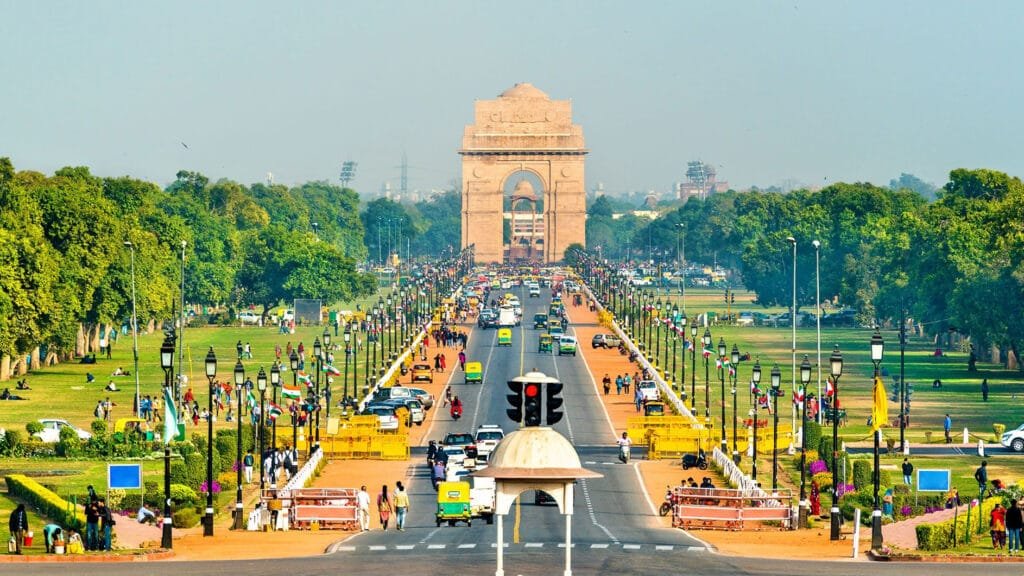
- Key Industries: IT, telecommunications, government services, real estate.
- Economic Importance: Functions as the political and commercial centre of India, with integrated regions like Gurgaon and Noida enhancing industrial output.
3. Kolkata – ₹12.45 Lakh Crore (~$150 Billion)

- Key Industries: Jute, banking, heavy engineering, and IT.
- Economic Importance: The principal economic hub of Eastern India, benefiting from its industrial heritage and strategic port access.
4. Bengaluru – ₹9.13–11.04 Lakh Crore (~$110 Billion)
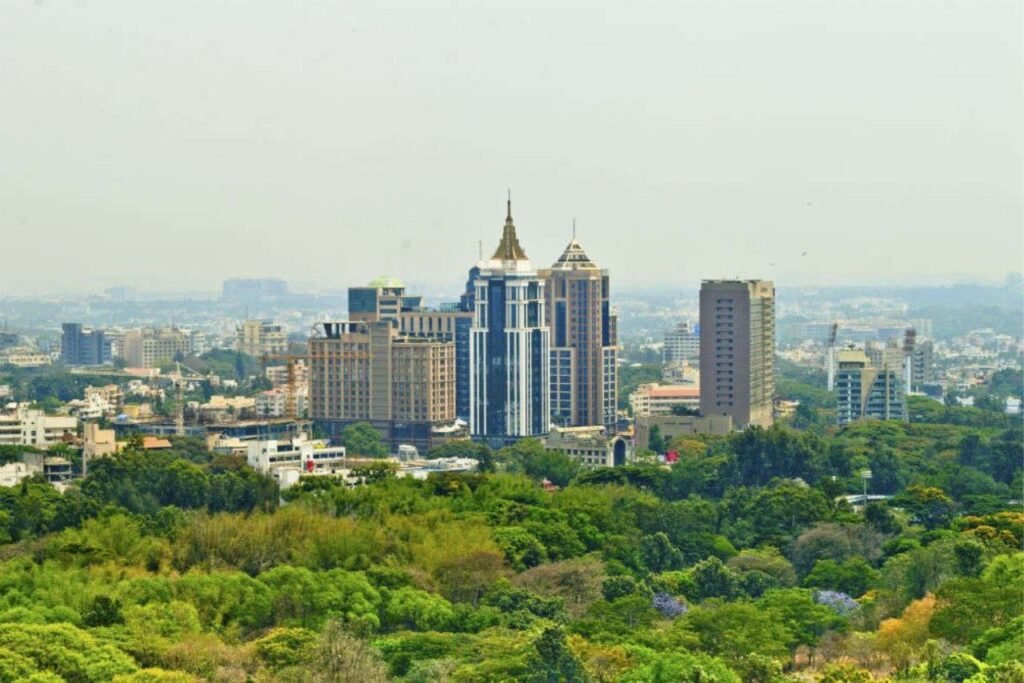
- Key Industries: IT, aerospace, biotechnology, startups.
- Economic Importance: Known as India’s Silicon Valley, it attracts global investment and talent, fostering innovation-driven growth.
Also read: Top 6 Cities with the Most GCC Hubs in India 2025 – Find Out Who Tops the List
5. Chennai – ₹6.52–11.95 Lakh Crore (~$78.6 Billion)
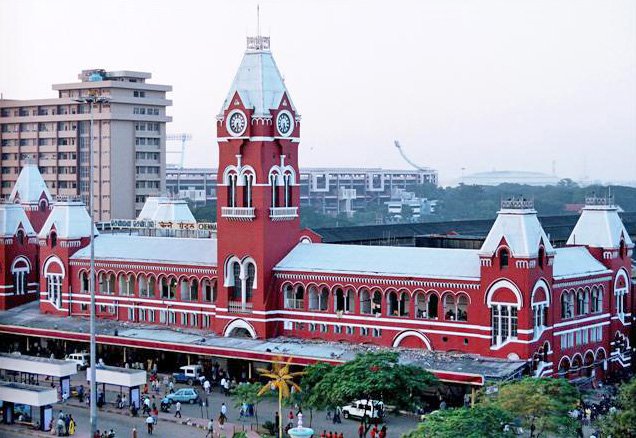
- Key Industries: Automotive manufacturing, IT services, healthcare, port logistics.
- Economic Importance: A key industrial and commercial city in South India, supported by industrial corridors and Bay of Bengal access.
6. Hyderabad – ₹6.23 Lakh Crore (~$75 Billion)
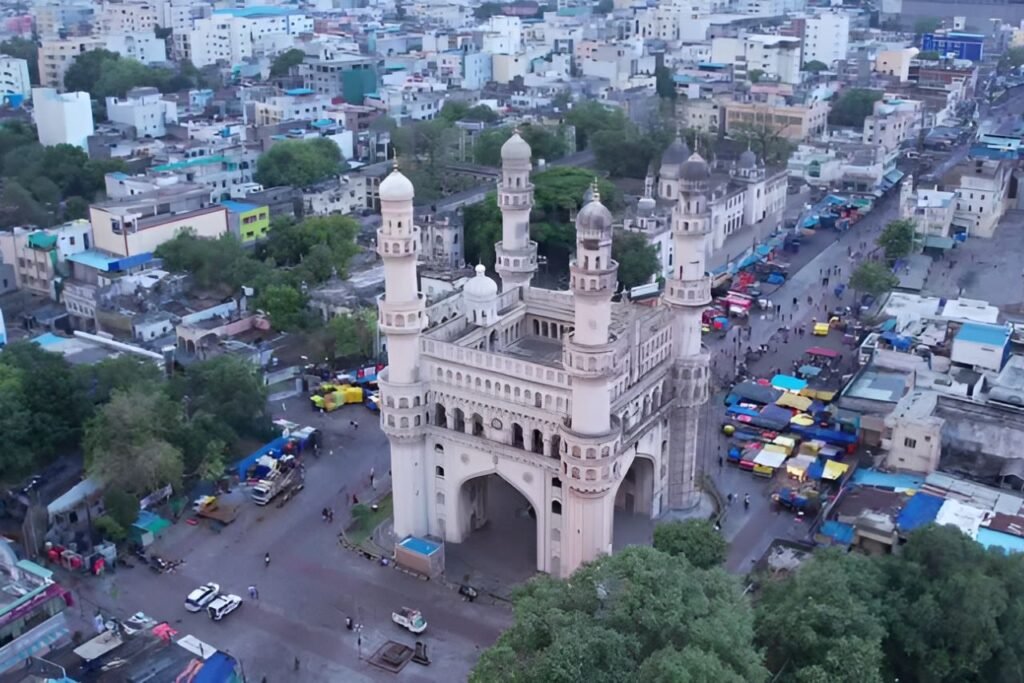
- Key Industries: Pharmaceuticals, IT, infrastructure.
- Economic Importance: A growing technology and pharmaceutical hub, with supportive policies and strategic investments driving expansion.
7. Pune – ₹5.8 lakh crore ($69 billion)

- Key Industries: IT, education, automotive, R&D.
- Economic Importance: Benefits from proximity to Mumbai and strong academic institutions, fostering skilled workforce and industrial diversification.
8. Ahmedabad – ₹5.7 lakh crore ($68 billion)
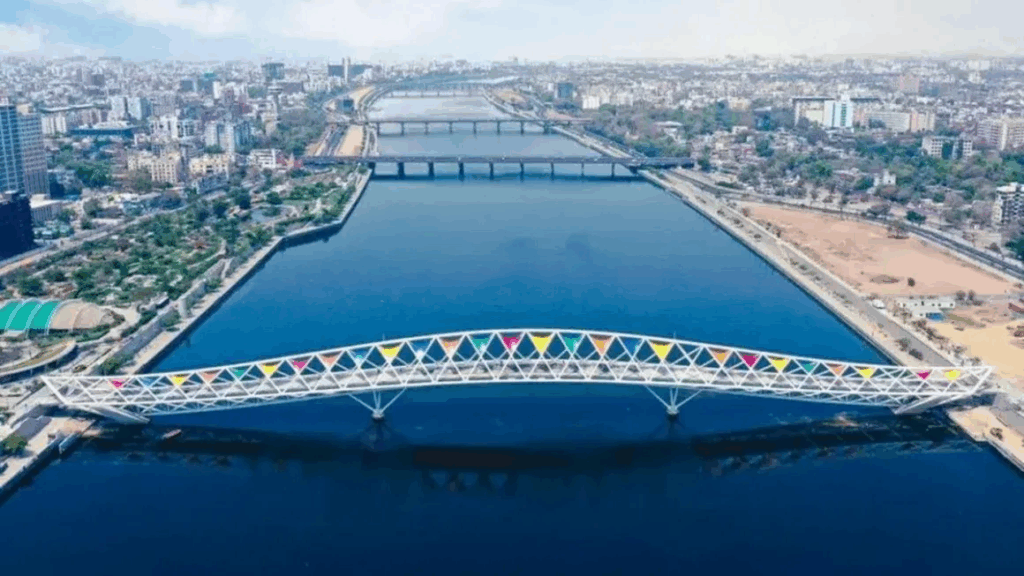
- Key Industries: Manufacturing, textiles, chemicals, trade.
- Economic Importance: Western India’s industrial centre with an established entrepreneurial and manufacturing base.
9. Surat – ₹5.0 lakh crore ($59.8 billion)
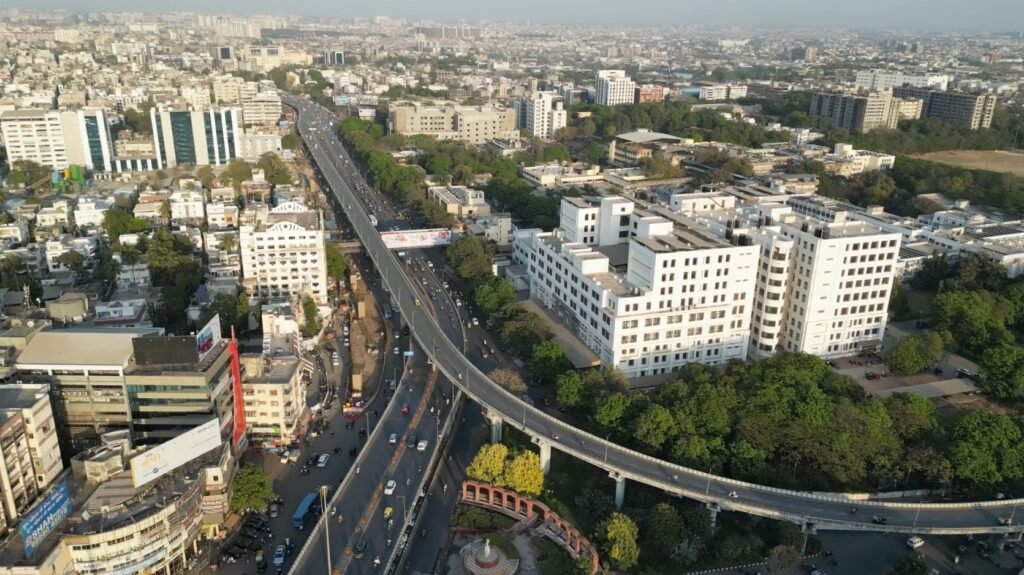
- Key Industries: Diamond processing, textiles, chemicals.
- Economic Importance: A rapidly industrializing city with a strong export-oriented economy driving regional growth.
10. Visakhapatnam – ₹4.0 lakh crore ($48.5 billion)

- Key Industries: Steel, petrochemicals, education, port logistics.
- Economic Importance: Coastal industrial hub supporting trade and manufacturing, with strategic port facilities enhancing regional commerce.
Key Trends and Observations
Delhi and Mumbai are at the top in finances and administration, while Bengaluru, Chennai, and Hyderabad rank highly in manufacturing and pharmaceuticals and technology. Sectors like IT, manufacturing, finance, and port trade are seeing growth. The expansion is facilitated by investments in metro systems, industrial corridors, and digital connectivity. Emerging cities, like Pune, Ahmedabad, Surat and Visakhapatnam, are developing rapidly, and may soon be in the top rank of cities by economy.
Challenges and Future Outlook
- Urban Challenges: Many Indian cities face a case of congestion, pollution and housing shortage. The current infrastructure is stressed and needs to support even higher levels of population growth and economic activity.
- Sustainable Growth: As with all long-term growth, planning considers equity and environmental sustainability. Effective development should put the quality of life at the centre of the conversation.
- Policy and Investment: Public policy and private investment dictate how cities will change in an economic sense. Well-planned decisions can lead to new businesses and create a path to new development.
- Future Trends: New areas like renewable energy, digital services, and advanced manufacturing may emerge to change the rankings of cities. Cities involved in these areas will likely experience accelerated growth compared to the others in the future.
Conclusion
The economic trajectory of India in 2025 is intricately linked to the growth and development of its urban centres. The top 10 cities by GDP not only contribute significantly to the national economy but also exemplify the diverse industrial strengths across regions. As these cities continue to evolve, their role in shaping India’s economic future remains paramount.
Written by N G Sai Rohith
The post Top 10 Cities in India with Highest GDP in 2025 – Check If Your City Made It appeared first on Trade Brains.

